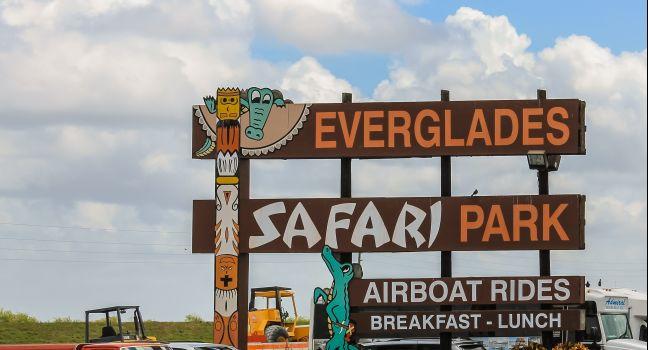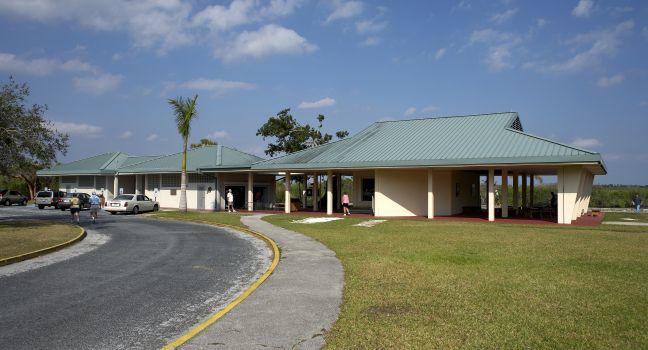At 7 miles long from north to south, the park's largest key has a history that includes legends of pirates as well as the actual presence of pioneers, who began cultivating farms here in the late 1800s. In the 1950s, developers envisioned creating a tropical city called "Islandia" on this key. But it was the idea of creating a causeway needed to open the island to homes, as well as hotels and other businesses, that marked a turning point in the battle between developers and preservationists and ultimately led to the creation of Biscayne National Park. Today, without a hotel in sight, Elliott Key is a popular destination for boaters and campers.
A highlight here is a 30-foot-wide sandy shoreline, the park's only swimming beach, situated a mile north of the harbor on the island's west (bay) side. In addition to having a mile-long hiking trail, Elliott Key is home to the so-called Spite Highway, a clear-cut scar that runs approximately 6 miles down the center of the island. Carved out of spite by developers in their quest to turn the lush key into a commercial haven, the meaning has changed as nature continues to spite those developers by slowly and steadily reclaiming the land.
Overnight guests tie up their boats at one of the harbor's 33 slips or pitch tents at the campground, which has restrooms, picnic tables, grills, fresh drinking water, and cold showers. Either way, the fee is $35 per evening. Leashed pets are allowed in developed areas only, not on trails.





